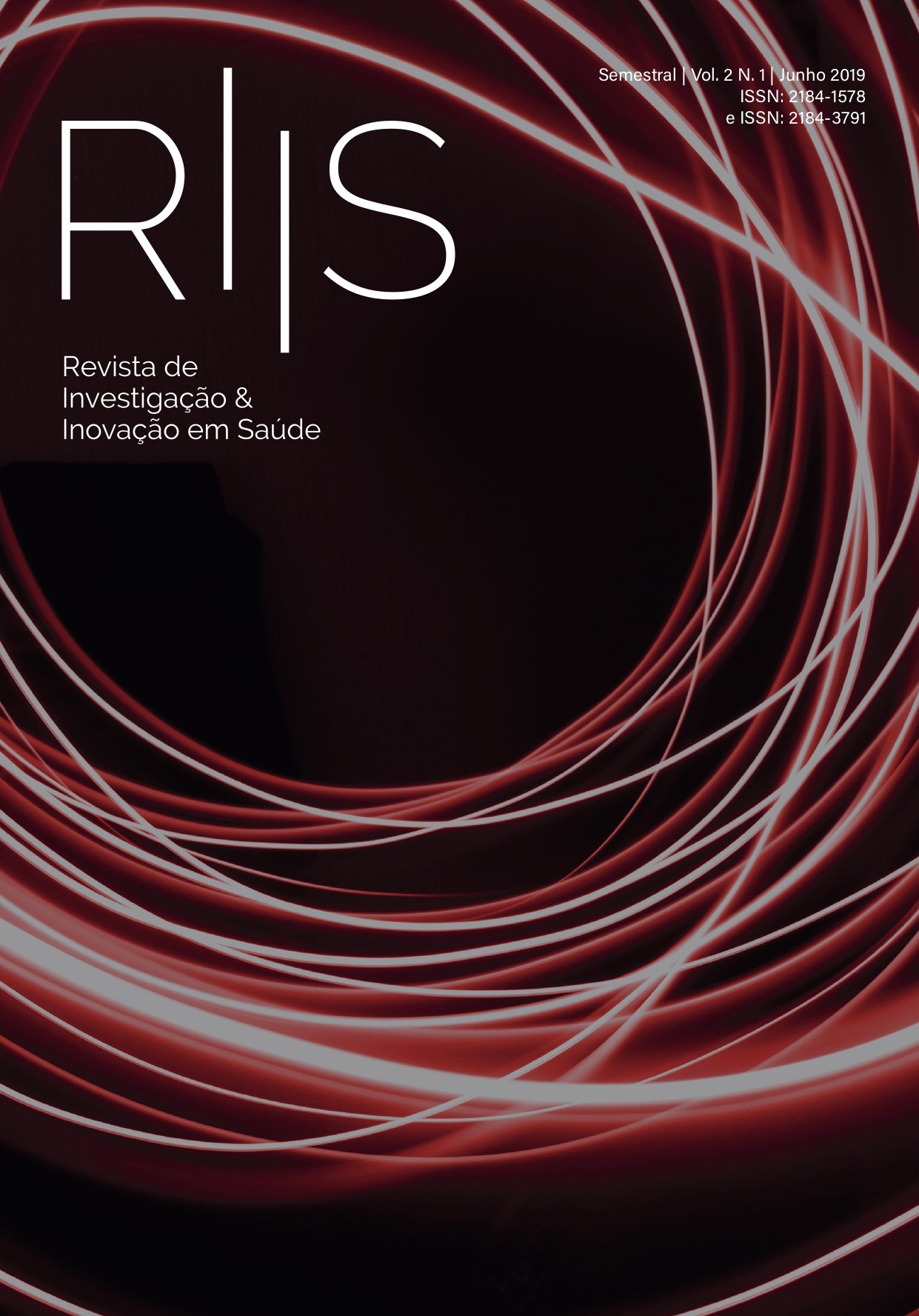Dental caries and sociodemographic factors in children with and without clefts
DOI:
https://doi.org/10.37914/riis.v2i1.44Keywords:
cleft lip; dental caries; oral hygiene; pediatric dentistryAbstract
Background: individuals with cleft lip and palate present poor oral hygiene and their parents often fear touching the cleft region, contributing to a higher caries risk. Objective: to describe the caries prevalence and its correlation with sociodemographic factors and oral hygiene care in children with cleft lip and palate, compared to children without clefts. Methodology: this prospective cross-sectional study evaluated 145 children aged 7 to 66 months with clefts (27.0±17.9 months). The comparative group included 130 children without clefts (38.5±17.99 months). The evaluation was performed by the dmft index, and the relatives replied to a questionnaire addressing sociodemographic aspects, dietary habits and oral hygiene. The significance level adopted was 5%. Results: the caries prevalence was 30% in the cleft group and 21.53% in the comparative group (x2, p=0.089). The mean dmft index was 1.5±3.3 for the cleft group and 0.8±1.9 for the comparative group (T test, p=0.072). The sociodemographic aspects, oral hygiene and dietary habits did not influence the occurrence of caries (p>0.001). Conclusion: there was higher caries prevalence in children with clefts on the maxillary incisors, lower access to breastfeeding and earlier introduction of sugar in their diet. The relatives reported more fear during oral hygiene, yet it was initiated earlier than in the comparative group.
References
Borges, H. C., Garbin, C. A. S., Saliba, O., Saliba, N. A., & Moimaz, S. A. (2012). Socio-behavioral factors influence prevalence and severity of dental caries in children with primary dentition. Brazilian Oral Research, 26(6), 564-670.
Dalben, G. S., Costa, B., Carrara, C. F. C., Neves, L. T., & Gomide, M. R. (2009). Treating children with cleft lip and palate: special needs and attention required during dental care. In J. C. Taggart (Ed.), Handbook of dental care: diagnostic, preventive and restorative services (pp. 199-266). Hauppauge: Nova Science Publishers.
Dalben, G. S., Costa, B., Gomide, M. R., & Teixeira das Neves, L. T. (2003). Breast-feeding and sugar intake in babies with cleft lip and palate. The Cleft Palate-Craniofacial Journal, 40(1), 84-87.
Do, L. G., Ha, D. H., & Spencer, A. J. (2015). Factors attributable for the prevalence of dental caries in Queensland children. Community Dentistry and Oral Epidemiology, 43(5), 397-405.
Duijster, D., Verrips, G. H. W., & Van Loveren, C. (2014). The role of family functioning in childhood dental caries. Community Dentistry and Oral Epidemiology, 42(3), 193-205.
Freitas, J. A. S., Dalben, G. S., Santamaria, Jr. M., & Freitas, P. Z. (2004). Current data on the characterization of oral clefts in Brazil. Brazilian Oral Research, 18(2), 128-133.
Gomide, M. R., & Costa, B. (2007). Cuidados odontopediátricos. In I. E. Trindade, & O. G. Silva Filho (Ed.), Fissuras labiopalatinas: uma abordagem interdisciplinar (pp. 199-212). São Paulo: Santos.
Hazza'a, A. M., Rawashdeh, M. A., Al-Nimri, K., & Al Habashneh, R. (2011). Dental and oral hygiene status in Jordanian children with cleft lip and palate: a comparison between unilateral and bilateral clefts. International Journal of Dental Hygiene, 9(1), 30-36.
King, N. M., Wong, W. L., & Wong, H. M. (2013). Caries experience of Chinese children with cleft lip and palate. The Cleft Palate-Craniofacial Journal, 50(4), 448-455.
Massarei, A. G., Sell, D., Habel, A., Mars, M., Sommerlad, B. C., & Wade, A. (2007). The nature of feeding in infants with unrepaired cleft lip and/or palate compared with healthy noncleft infants. The Cleft Palate-Craniofacial Journal, 44(3), 321-328.
Miranda, J. N. (2013). Prevalência de cárie em bebêgênics com fissuras labiopalatinas (Monografia). Hospital de Reabilitação de Anomalias Cranifoaciais, Universidade de São Paulo, Brasil.
Moura, A. M. (2008). Prevalencia de cárie dentária em crianças portadoras de fissuras de lábio e/ou palato na faixa etária entre 6 e 36 meses (Dissertação). Faculdade de Odontologia, Universidade de São Paulo, Brasil.
Mutarai, T., Ritthagol, W., & Hunsrisakhun, J. (2008). Factors influencing early childhood caries of cleft lip and/or palate children aged 18 to 36 months in southern Thailand. The Cleft Palate-Craniofacial Jornal, 45(5), 468-472.
Neves, L. T. (2002). Avaliação da prevalência de cárie e dos fatores associados, em diferentes intervalos na faixa etária entre 5 e 72 meses em portadores de fissura de lábio e/ou palato (Dissertação). Faculdade de Odontologia, Universidade de São Paulo, Brasil.
Peres, M. A., de Oliveia Latorre, Mdo. R., Sheiham, A., Peres, K. G. A., Barros, F. C., Hernandez, P. G.,… Victora, C. G. (2005). Social and biological early life influences on severity of dental caries in children aged 6 years. Community Dentistry and Oral Epidemiology, 33(1), 53-63.
Rodrigues, A. P., Matias, F., & Ferreira, M. M. (2016). Escovagem de dentes em ambiente escolar e redução do índice de placa bacteriana: avaliação da efetividade de um projeto de saúde oral. Revista Portuguesa de Saúde Pública, 34(3), 244-249.
Shashni, R., Goyal, A., Gauba, K., Utreja, A. K., Ray, P., & Jena, A. K. (2015). Comparison of risk indicators of dental caries in children with and without cleft lip and palate deformities. Contemporary Clinical Dentistry, 6(1), 58-62.
Tannure, P. N., Costa, M. C., Küchler, E. C., Romanos, H. F., Granjeiro, J. M., & Vieira, A. R. (2012). Caries experience in individuals with cleft lip and palate. Pediatric Dentistry, 34(2), 127-131.
Trindade, I. E. K., & Silva Filho, O. G. (2007). Fissuras labiopalatinas: uma abordagem interdisciplinar. (1a ed). São Paulo: Santos.















